As it’s Valentine’s day I thought I would have a romantic post, however, this has become a confusing one instead and one for which I don’t, as yet, have a conclusive answer. Everywhere I have looked to find out more about tiered wedding cakes or bride cake as it was previously called, there appear to be two different accounts as to who the cook was that originated it.
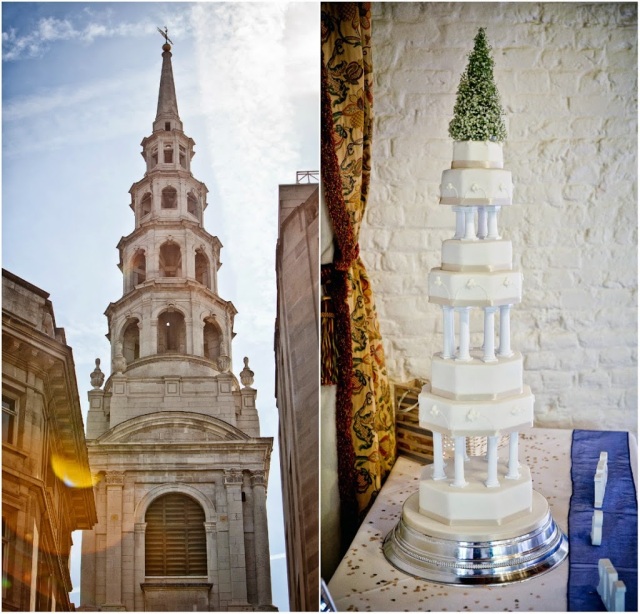
There are accounts in national newspapers, magazines and blogs with different versions. One says the tiered wedding cake first came about in 1703 and was made by a cook named Thomas Rich of Ludgate Hill who, as an apprentice, fell in love with his master’s daughter, married her and baked a beautiful tiered cake for the wedding based upon the steeple of nearby St Bride’s church.
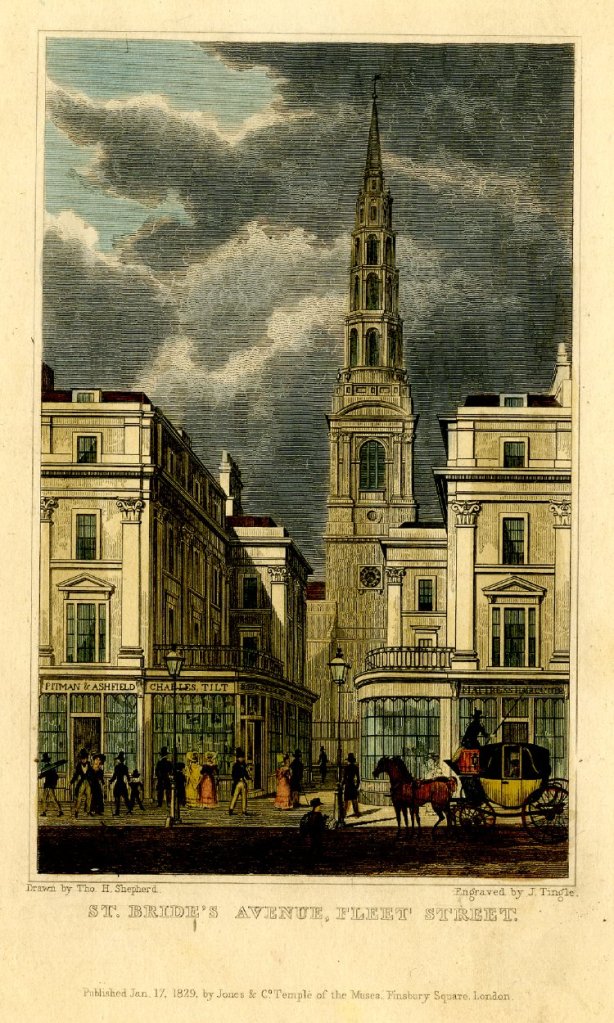
The other version is very nearly the same story, except that it relates to a William Rich. The only difference is the date, William (1755-1812) of 3 Ludgate Hill, was said to have married the daughter of his boss, one Susannah Prichard in 1776.
Whilst I am unable to validate any information about the first possible candidate, as apprenticeship indentures didn’t begin until 1710 I can’t prove that there either was, or there wasn’t, a Thomas Rich of Ludgate Hill who was a cook, but I have, however, found records for a William Rich, who was apprenticed as a cook, but much later. On that basis alone he appears a more likely candidate.
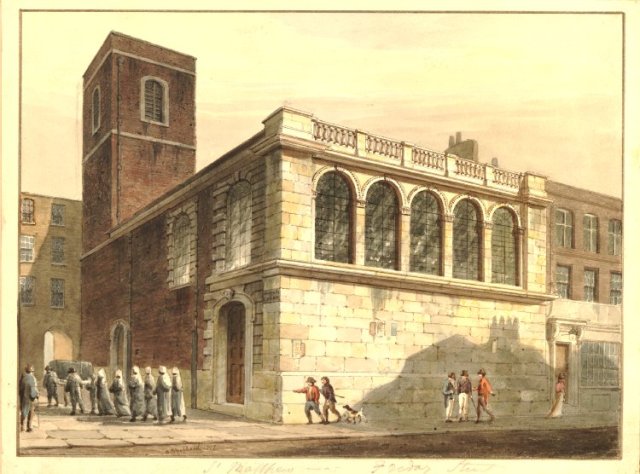
I have also found the marriage allegation and bond for William to a Susannah in 1776. This is where the story begins to unravel. Firstly, Susannah Prichard (born 1758), was the daughter of a Davis Pritchard, a peruke maker, not a cook as I was expecting to see, if the story were true.
Secondly, I have found that William was born 23rd March 1754 in Long Newnton, on the Gloucestershire border with Wiltshire, the son of Stiles Rich and his wife Mary Neale.
Next, I came across a Freedom of the City Admission Paper for William which supports that I had found the correct person as it confirms him as the son of Stiles Rich, a yeoman in Wiltshire. The document confirms that William, aged just thirteen had been apprenticed to William Stiles, a cook, for seven years from 9th April 1767, so married his bride some two years after completing his apprenticeship.
It doesn’t mean for one minute mean that William didn’t make the cake for his bride, Susannah, but it does disprove the theory that she was the daughter of William’s master – wrong name!
William and Susannah lived at 4 Ludgate Hill, not number 3 as others have stated, but number 2, as this was confirmed in the register for St Bride’s church where the couple had seven of their children baptised. Their eldest child, Mary Ann Elizabeth Moon Rich was baptised in 1777 just nine months after their marriage, with their youngest child, Margaret being born 1801, 34 years after their marriage. They had a total of twelve children.
William died 24th January 1811 and not 1812 as I have seen recorded elsewhere and left a very lengthy will providing for his family and friends. I do know that he died quite a wealthy man, so his baking skills were profitable, and that he was commissioned to bake for the great and the good of the day.
I also know from the newspaper report of his death that he had clearly diversified from just baking into being a dealer of venison too. Susanna died the previous year and both were buried at St Bride’s church.
It’s easy to see how the story has become confused over the years and whatever the truth it’s a lovely story of boy meets girl, boy makes a beautiful tiered wedding cake for their big day, so let’s leave it at that and assume that there is a grain of truth in it. A fragment of Susannah’s wedding dress and a party dress belonging to her seems to have survived and was on display at St Bride’s church at some time.
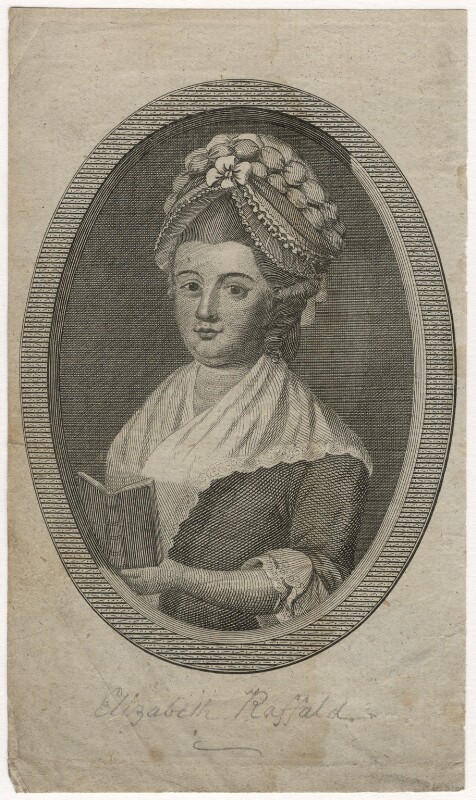
Mrs Raffald’s, the famous 18th century writer of a cookery book, wrote a recipe for bride cakes which involved layers of cake with a filling, almond icing, then sugar icing, but there’s nothing to confirm that this involved using layers of cake to make tiers. It seems perfectly feasible that William adapted this recipe and created several of Mrs Raffald style cakes tiered up to look like the nearby St Bride’s church for his own wedding. This may be a myth, but I quite liked it.
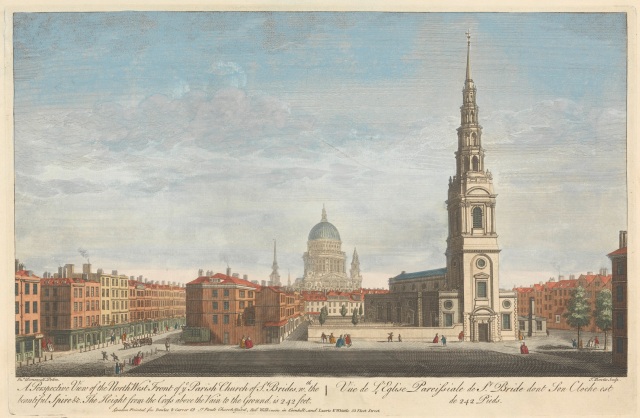
Sources
The court and country confectioner: or, the housekeeper’s guide. Mr Borella. 1770




